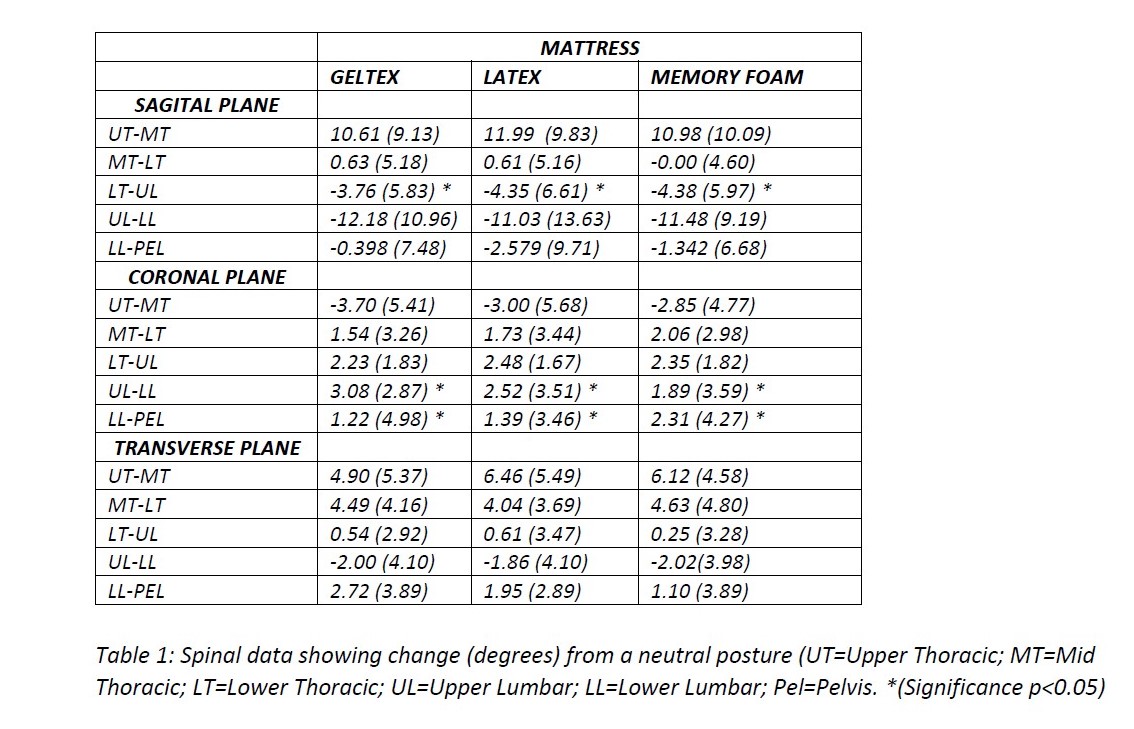Abstract
Introduction
Computer-aided-design (CAD), computer-aided-engineering (CAE), and finite element analysis (FEA) are becoming indispensable tools in mechanical and biomechanical engineering. Creating a three-dimensional geometry is the initial step for performing FEA of complex structures such as bones. This has been done by several methods, primarily from CT-MRI images [1]. However, what if either CT-MRI images are not available or bones are shattered? The aim of this study was to find novel ways to build a unique 3D model of a bone in two different cases. Firstly, considering a bone and using a 3D scanner device; and secondly, considering 2D scanned images of cross sections (slices) of a bone and reconstructing its diaphysis. A hypothesis as to whether FEA could be performed following the generated geometries was explored.
Methods
An Artec Eva 3D-scanner was employed to create a 3D-model of an equine third metacarpal bone. This scanner is a good choice for making rapid and precise 3D models of complex objects such as bones. Not only was the scanner portable but also it allowed for contactless measurements. The captured cloud of points was imported into CAD and a continuous mesh was created. The mesh was converted into surfaces, from which a solid structure of the bone was created. Continuous spline-curves were created on the inner and outer edges of the cortex, and a surface was created for each slice. The inner and outer surfaces of the bone were then created, and ultimately, a solid model of the diaphysis was constructed. For both cases importing the models into CAE and performing FEA were promising.
Results and Discussion
Fig.1 depicts the geometries created by these methods. 10-node tetrahedron elements (quadratic) were applied and FEA was performed to obtain stress and deformation. Fig.2 displays both the procedures taken for creating the diaphysis of fractured bone and the results of stress and deformation. The possibility of modifying slices and creating the whole geometry of a bone is a great advantage of working with spline-curves, and this method can be recommended as an alternative way to create biomechanical models for engineers working with CAD software only. Since CT-MRI CAD-packages require intact bones and their segmentations, this study highlighted a method to reconstruct a shattered bone from its pieces and the advantages of optical 3D digitizing to provide a base to work on different shapes that will allow investigation of slight shape differences in individual bones. These processes are recommended for use in biomechanics [2] and forensic science [3].
References
[1] Tuan, H., et al. (2005). Computer-Aided Design, 37(11): 1151-1161
[2] Groesel, M., et al. (2009). Journal of Biomechanics 42(12): 2006-2009.
[3] Thali, M., et al. (2003). Forensic Science International 137(2): 203-208.









 Fig 1. Age-related bone microstructure changes in the enhanced HR images.
Fig 1. Age-related bone microstructure changes in the enhanced HR images.














